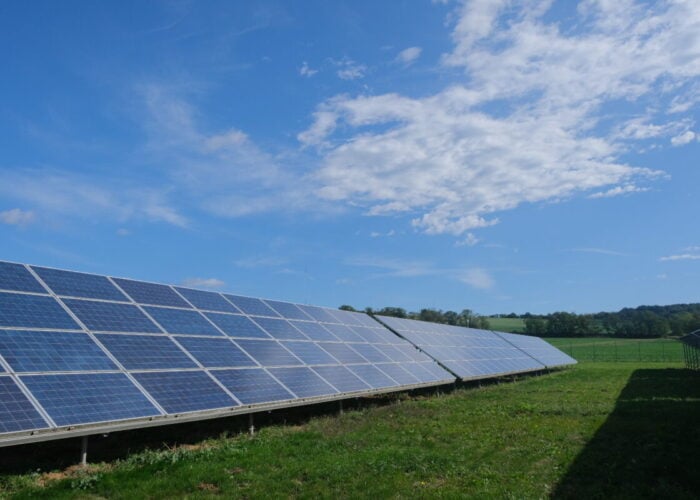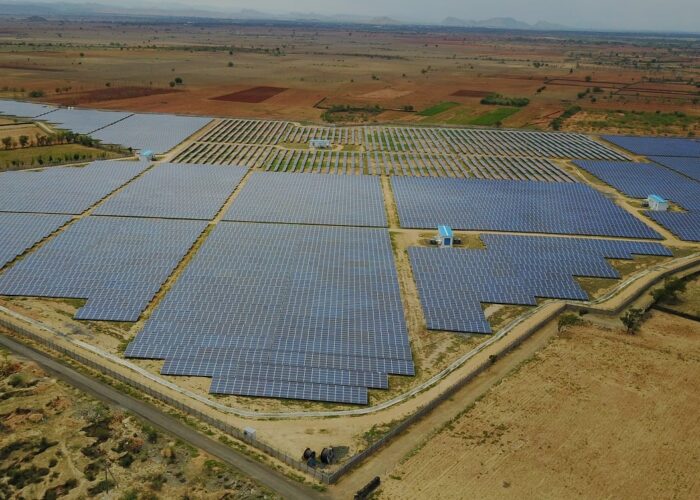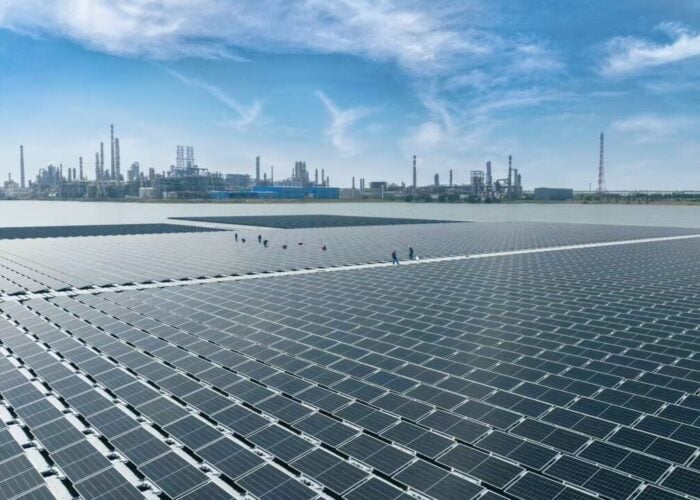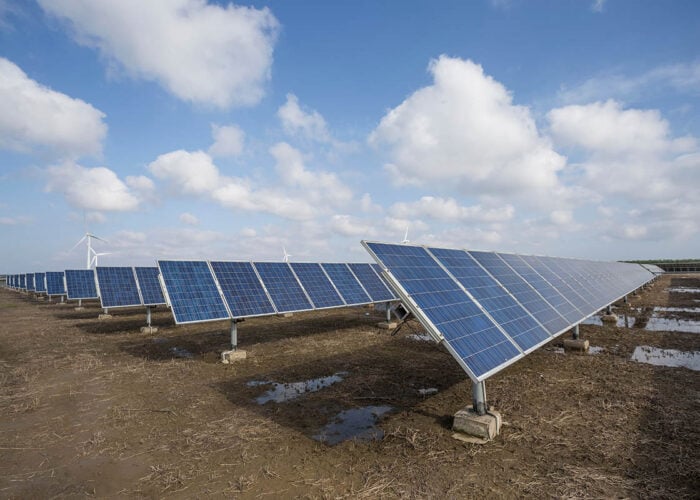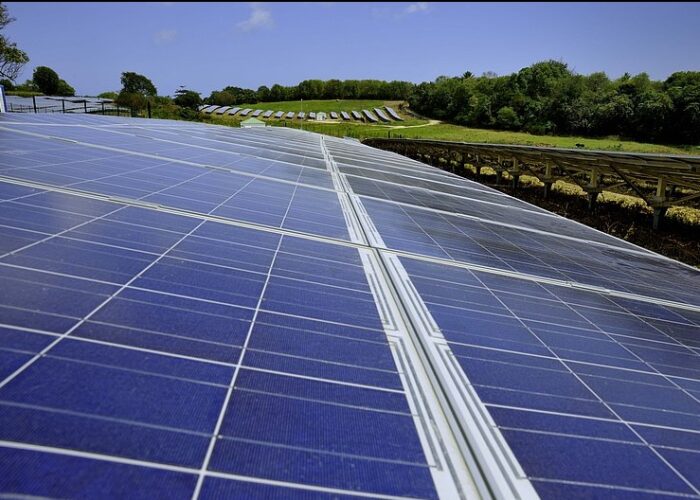All of Europe’s energy needs could be met by covering an area in the Sahara Desert with solar panels, it was announced in Copenhagen.
With a solar farm as large as Ireland, Europe could realistically consider receiving 20% of its energy from renewable sources by 2020. Since the sun in North Africa is twice as strong as it is in southern Europe, just 0.3% of the light will be sufficient to power Europe, said Arnulf Jaeger-Waldau of the European commission’s Institute for Energy. Scientists envision that 100GW could be generated by 2050, which is more than the combined electricity output from all sources in the UK.
Unlock unlimited access for 12 whole months of distinctive global analysis
Photovoltaics International is now included.
- Regular insight and analysis of the industry’s biggest developments
- In-depth interviews with the industry’s leading figures
- Unlimited digital access to the PV Tech Power journal catalogue
- Unlimited digital access to the Photovoltaics International journal catalogue
- Access to more than 1,000 technical papers
- Discounts on Solar Media’s portfolio of events, in-person and virtual
In what could be a £50 billion multiple government investment over the next ten years, these solar farms could produce electricity either through photovoltaic cells or by turning water to steam by focusing the sun’s rays with mirrors. In addition, the cost of moving electricity long distances is down at least three-quarters. The investment would also make the Sahara an exceptional prospect for private investors years from now.
Solar farms in North Africa would make fossils fuels less relevant and would make Europe less likely to depend on Russia and the Middle East for energy. Trials of concentrated solar power for sources of European electricity will be planned for Egypt, Morocco, Algeria and Dubai while Libya and Tunisia may also be considered as alternatives.
While political hurdles such as resident complaints exist about having transmission cables near their homes, there is also the possibility of wind farms being placed along the North African coast. Winds created by the Sun heating the air are stronger during the summer, when European wind turbines, are less productive.

